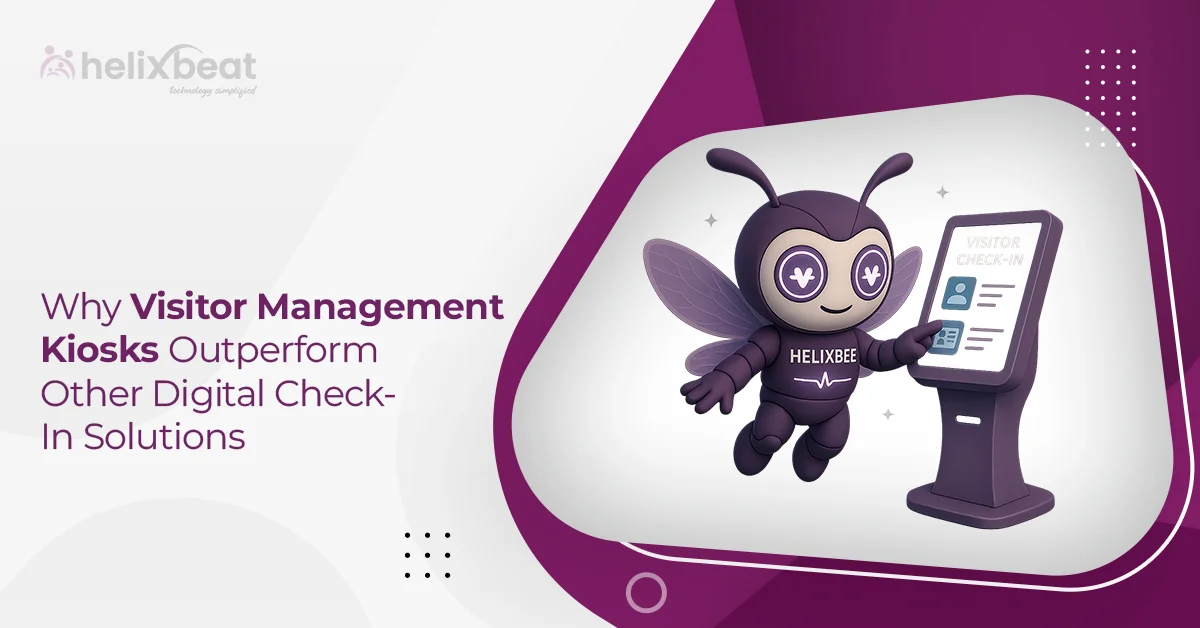In-house product development often appears to be the most cost-effective solution for businesses, enabling them to maintain control over the process. However, many hidden costs can quickly drain your budget and hinder the development process. From inefficient resource allocation to unexpected delays, these unexpected expenses can cause serious setbacks, both financially and strategically.
By partnering with expert product development services, you can avoid these common pitfalls. Outsourcing your product development to experienced professionals not only helps you manage costs effectively but also allows you to launch quickly without compromising quality.
In this blog, we’ll outline seven hidden costs of in-house product development and demonstrate how to mitigate them with the right approach.
Table of Contents
Overview of In-House Product Development
In-house product development involves creating a product using a company’s internal team and resources. It offers full control over the process, ensuring alignment with business goals. However, it also comes with significant challenges. The business is responsible for recruiting, training, and retaining skilled talent, as well as investing in technology and infrastructure, which can quickly escalate costs.
This is where software product development services can help, as they offer specialized expertise to overcome problems while keeping costs under control. A 2020 survey by Harvard Business Review found that 39% of in-house development projects experienced budget overruns, often due to inefficiencies in resource management and unforeseen technical challenges.

7 Hidden Costs of In-House Product Development
In-house product development may seem like a cost-effective way to maintain control, but it often comes with hidden costs that drain budgets and delay timelines. These expenses, such as recruitment challenges and unforeseen bottlenecks, can quickly add up.
Listed below are the hidden costs of In-house software product development:
1. Inefficient Resource Allocation
- In-house teams often struggle when there are insufficient resources or when tasks don’t align with the team’s expertise. This causes inefficiencies, delays, and lower-quality products. When there are too many competing priorities, it becomes hard to focus, leading to higher costs and slower progress.
- According to McKinsey, only 28% of product development teams consider themselves highly efficient, leading to wasted resources and prolonged development cycles. By utilizing software product development services, businesses can optimize resource allocation and make sure tasks are handled by the right experts.
2. Technology and Tooling Investments
- Developing in-house requires a significant investment in tools, software, and infrastructure. These costs can escalate rapidly, as businesses must continually update their technology to remain competitive. The ongoing maintenance and licensing fees for these tools also add hidden costs over time.
- Gartner found that U.S. companies spend an average of $9,000 per employee annually on software and IT tools, including infrastructure upgrades.
3. Training and Skill Development
- In-house teams must regularly upskill to keep up with the latest technologies and industry trends. Continuous training programs, workshops, and certifications add to operational costs. The time spent on training also reduces the amount of time available for actual product development, slowing progress.
- The average company spends about $1,300 per employee annually on training, as reported by the Association for Talent Development (ATD).
4. Recruitment and Retention Costs
- Recruiting and retaining skilled talent is an ongoing expense for in-house teams. Recruitment campaigns, onboarding, and competitive compensation packages contribute to high costs. Frequent turnover exacerbates this issue, leading to disrupted development and additional costs to replace experienced team members.
- Glassdoor reports that the average cost per hire in the tech industry is $4,000, with turnover costs reaching 33% of an employee’s annual salary.
5. Development Delays
- Internal teams often face delays due to a lack of expertise or unforeseen technical challenges. Development errors can cause missed deadlines, extended timelines, and wasted resources. These delays are common when teams are unprepared to handle complex or unexpected issues during the development process.
- According to the Project Management Institute, 43% of product development projects are delayed due to poor resource management and technical challenges.
6. Maintenance and Post-Launch Support
- After a product launch, ongoing maintenance and support are essential to ensure the product’s continued functionality. However, managing bug fixes, updates, and feature enhancements can become a drain on resources. In-house teams often shift focus from innovation to maintenance, delaying the release of new features.
- McKinsey found that 70% of product development teams focus more on maintenance and troubleshooting than on innovation, resulting in decreased productivity.
7. The Cost of Bringing Your Product to Market Late
- The longer a product takes to reach the market, the more likely a business is to miss revenue opportunities. Delays in product development can result in lost market share, missed sales windows, and a delayed return on investment, ultimately hindering growth and profitability.
- PwC’s survey reveals that 60% of product development teams face delays, resulting in 35% reduced revenue within the first year of delay.
Experienced product development services can speed up the development process and help businesses get their products to market faster
5 Ways to Solve These Product Development Hidden Costs:
To avoid the hidden costs associated with in-house product development, businesses can utilise product development services to achieve this. Let’s see with examples:
- Outsource Specialized Skills: For example, companies like Airbnb outsourced their mobile app development to experts, allowing them to focus on scaling their business rather than recruiting a full in-house team.
- Streamline Resource Allocation: Spotify relies on external agencies for non-core functions like marketing while their in-house team focuses on product innovation and user experience.
- Adopt Agile Practices: Microsoft switched to agile practices for its product development, which helped it reduce bottlenecks, improve team collaboration, and speed up the delivery of features.
- Invest in Scalable Tools: Slack adopted cloud-based communication tools that allowed their team to scale quickly without investing in complex infrastructure, reducing long-term costs.
- Partner for Post-Launch Support: Dropbox outsources post-launch support and bug fixes to third-party vendors, enabling their internal teams to focus on new features and expansion.
How Product Development Consulting Services Can Help
Product development services provide expert support to simplify the development process and address in-house challenges:
- Expertise Access: Consultants bring specialized knowledge, ensuring your product is built using the latest technologies and best practices.
- Optimized Resources: They help allocate resources efficiently, allowing in-house teams to focus on core tasks while consultants manage specialized functions.
- Faster Time-to-Market: With their experience, consultants help identify roadblocks early and implement agile practices to speed up product delivery.
- Cost Efficiency: Avoid recruitment, training, and infrastructure costs by leveraging consultants who bring their own tools and expertise.
- Scalable Support: Consultants provide flexible, scalable solutions tailored to your project’s needs without the long-term commitment of hiring full-time staff.
In short, product development consulting services offer the expertise and efficiency needed to deliver high-quality products on time and within budget.
How Helixbeat Can Help Optimize Your Product Development
In-house product development might seem like a good idea at first, but hidden costs like inefficiency, hiring, and training can quickly add up. These issues can delay your project and increase expenses.
By choosing Helixbeat’s product development services, you can avoid these problems. Helixbeat provides expert assistance, enhanced resource management, and flexible solutions that save you time and money. With our support, you can develop products faster and more efficiently, keeping costs under control and ensuring a smoother process.
Want to reduce development costs and speed up your project? Book a call now.
FAQ:
1. What are the costs associated with product development?
Product development costs include design and prototyping, technology and tools, labor and personnel, testing, marketing, and post-launch support. Hidden costs, such as training, recruitment, maintenance, and delays, can also significantly increase the expenses associated with the process.
2. How do we identify hidden costs in product development?
Hidden costs in product development can be identified by regularly reviewing your budget, tracking inefficiencies, and analyzing areas such as resource allocation, team turnover, and unexpected delays. Engaging with external consultants or using specialized software tools can help uncover these costs early on.
3. What is domestic product development?
Domestic product development refers to creating products within a company’s home country using local resources, teams, and infrastructure. This approach provides full control over the process but can be more expensive due to higher labor costs, regulatory requirements, and limited access to specialized expertise.
4. What are the advantages of in-house product production?
In-house product production offers direct control over the development process, close collaboration between teams, and better alignment with company goals. It also enables greater flexibility in decision-making and the ability to make swift adjustments based on internal feedback.
5. What is the difference between in-house and outsourced development?
In-house development involves building and managing products within an organization, utilizing internal teams. Outsourced development, on the other hand, involves hiring external specialists or third-party companies to manage and execute product development tasks. In-house development offers control and collaboration, while outsourced development provides access to specialized expertise, cost savings, and flexibility.














